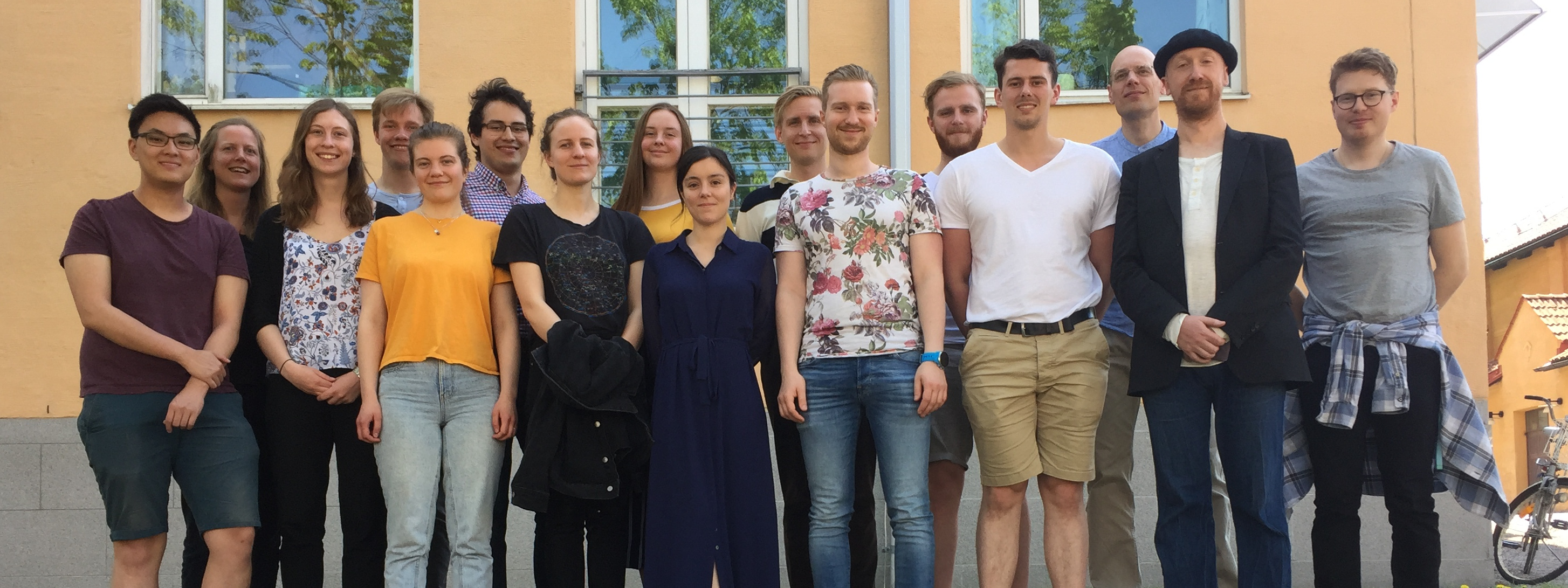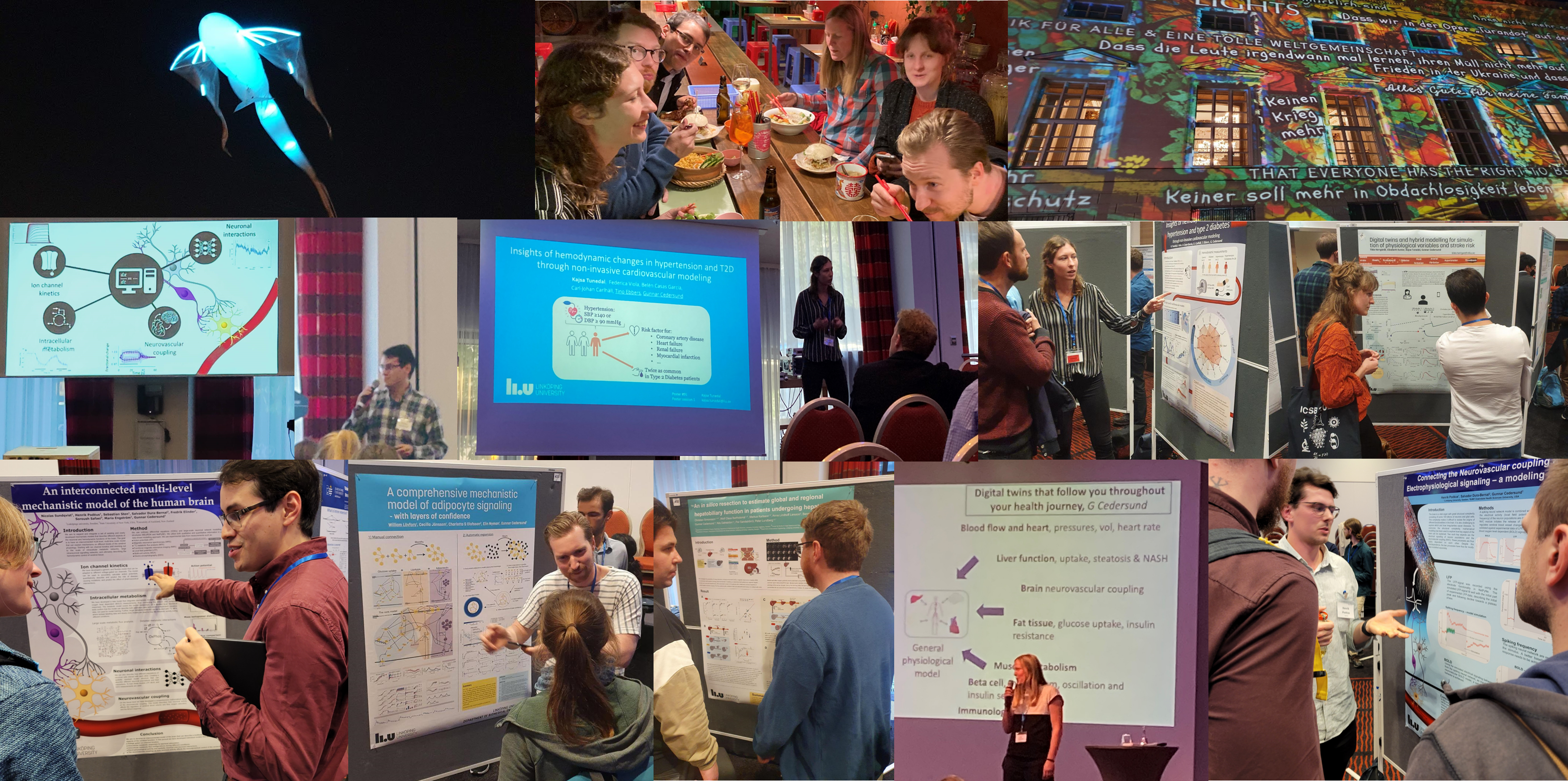On April 11-12, we had a new bi-yearly meeting in STRATIF-AI. This meeting was held in beautiful Nottwil, Switzerland, where the Swiss Paraplegic Research center (SPF) is situated. SPF is responsible for the work with policy and actions toward stakeholders to achieve ultimate clinical implementation, and they were also the hosts of this event.

We have these events every 6 months, and they serve both the purpose of team building and increased understanding of each others’ perspectives and serve to help us focus on the most urgent and timely topics. This time we focused primarily on the design of the 6 clinical studies, which ethical applications were to be submitted at the end of that month. Four of these studies are dedicated to the collection of patient data, aimed at training both the machine learning algorithms and the mechanistic aspects of digital twins. The remaining two studies focus on the real-world testing of eHealth apps within clinical settings. The largest of those will test whether the digital twin improves clinical health conversations, in 300 patients, compared with 300 matched controls.
Overall, the meeting was a success, and we have now passed the planning phase of the project, with requirement specifications and ethical plans, and are now moving into action: into prototype development of the apps, and towards the first pilot studies.





